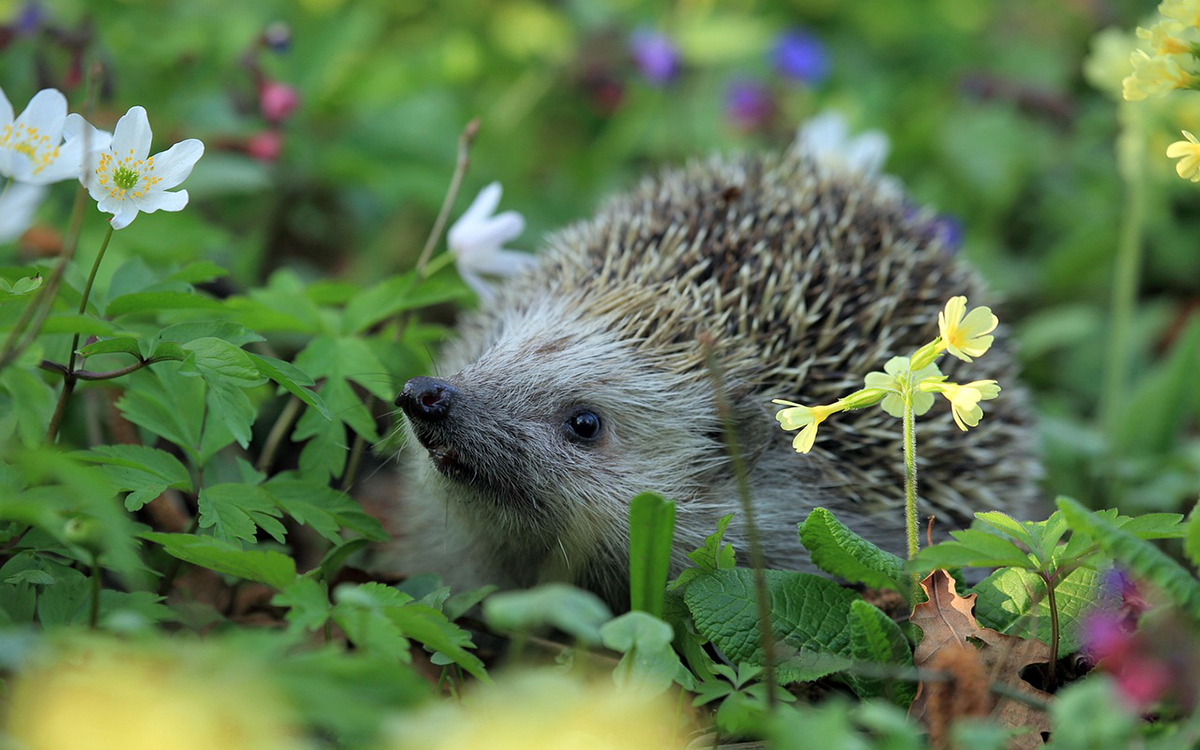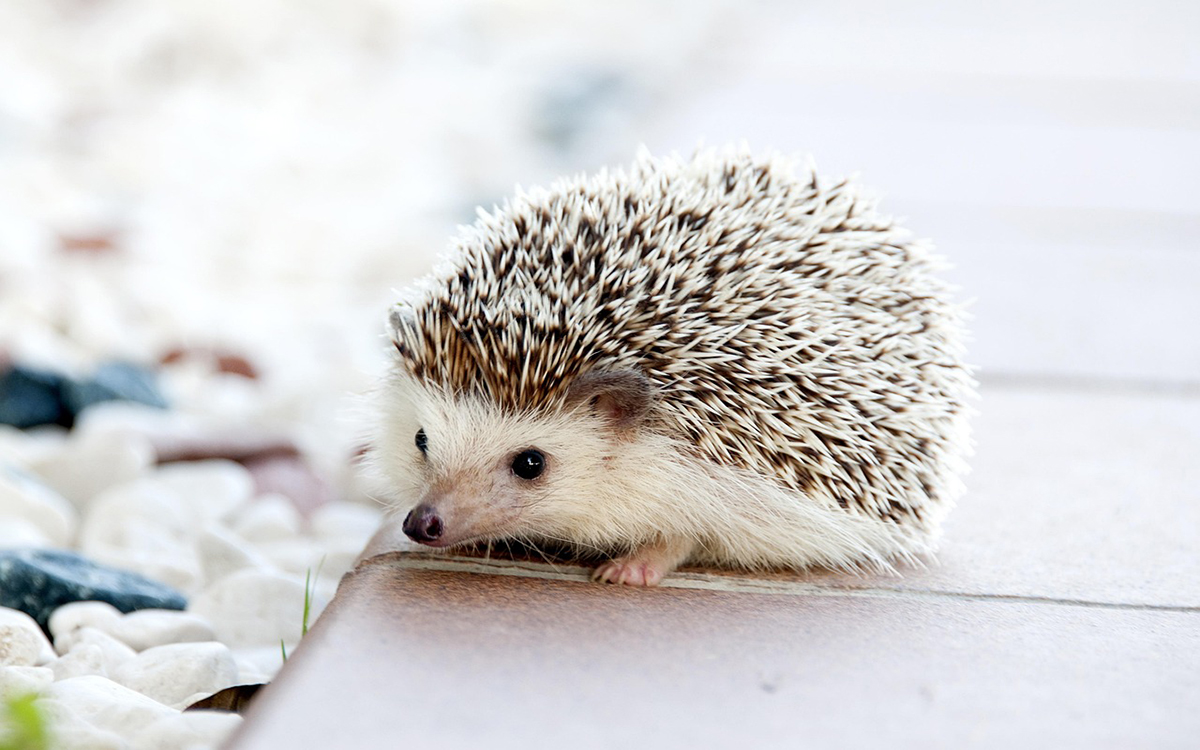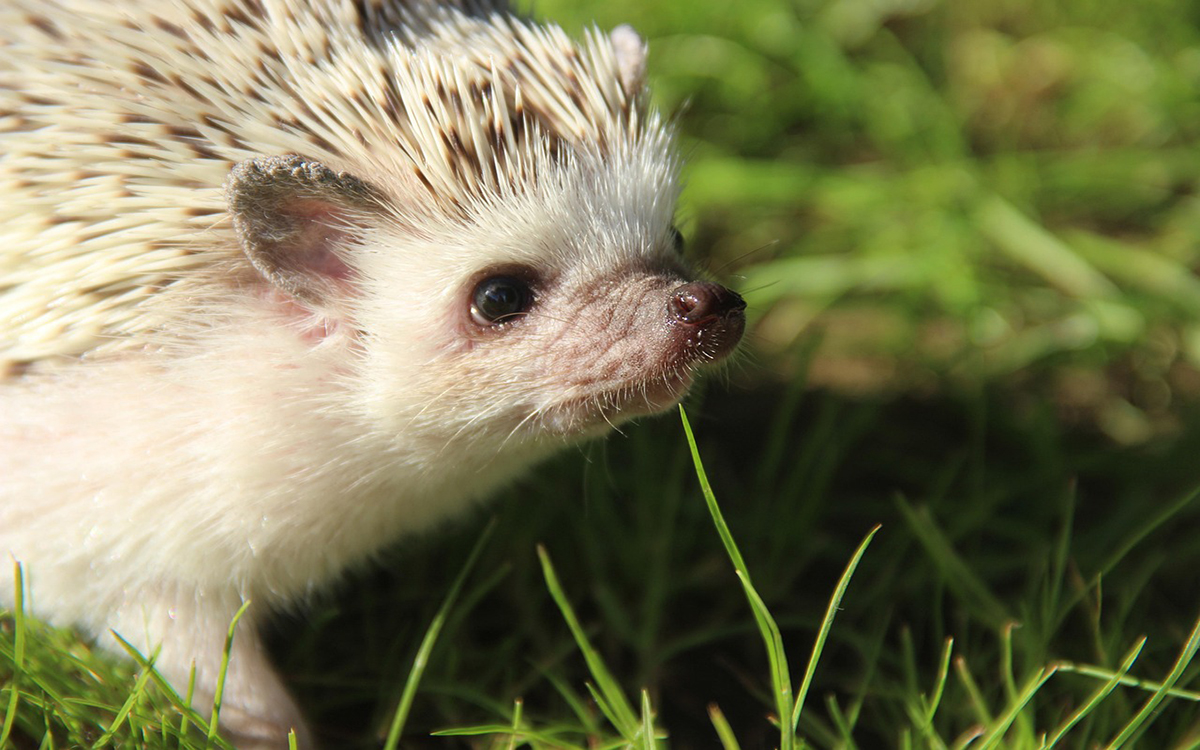Pet hedgehogs may be tiny, but their nutritional needs are surprisingly specific. A well-balanced diet keeps them healthy, active, and full of personality. Whether you’re a new hedgie owner or just want to refine your little one’s menu, here’s a guide to hedgehog food – what they can eat, what they should avoid, and how to feed them properly.

Best Foods For Hedgehogs
In the wild, hedgehogs are insectivores, meaning they get most of their nutrients from insects, worms, and other small invertebrates. They may also eat small vertebrates, bird eggs, and seasonal fruits. Captive hedgehogs still need a diet that mimics this natural balance—just in a safer, controlled way.
Here’s the golden rule:
A healthy hedgehog diet = high protein + moderate fat + some fiber + occasional healthy treats.
Key Nutritional Targets:
- Protein (28–35%) – Preferably from animal sources. Plant protein alone isn’t enough to meet their needs.
- Fat (12–15%) – Enough to maintain energy, but not so much that it causes obesity.
- Fiber (2–5%) – Aids digestion and helps maintain healthy weight.
- Low in Simple Sugars – Hedgehogs can’t process large amounts of sugar well.
- No Artificial Additives – Avoid foods with unnecessary dyes, fillers, or chemical preservatives.
Why the right diet matters: Poor nutrition can lead to obesity, fatty liver disease, dental issues, and even shortened lifespan.
What Pet Hedgehogs Can Eat
Your hedgehog’s diet should be built around a nutritious staple food with safe supplemental treats that add enrichment and variety.
- Staple Food
Most owners feed one of the following:
- Specially Formulated Hedgehog Food – Designed for their nutritional needs, but quality varies. Look for animal protein as the first ingredient, avoid corn-heavy formulas, and match the protein/fat ratio.
- High-Quality Dry Cat Food – Grain-free or low-grain varieties with high protein and moderate fat.
Good benchmarks: Protein 30–35%, Fat 12–15%, minimal fillers.
- Insects (Protein Treats)
Essential for enrichment and replicating their natural diet:
- Mealworms – High fat; limit to 2–3 a few times per week.
- Crickets – Lean protein; feed live for mental stimulation.
- Waxworms – Very high fat; rare treat only.
- Dubia roaches – Nutritious and low-fat.
- Silkworms/Phoenix worms – Great calcium source.
Tip: Always buy from reputable sources and gut-load insects for better nutrition.
- Fruits (Occasional Treats)
Small portions once or twice a week:
- Apples (no seeds)
- Bananas
- Blueberries
- Strawberries
- Watermelon
- Melon
- Vegetables
Best when cooked or chopped finely:
- Peas
- Green beans
- Carrots (cooked)
- Squash
- Sweet potato (plain, cooked)
- Zucchini
Avoid starchy veggies like corn and white potatoes.

Foods Hedgehogs Should NOT Eat
Some foods are toxic or harmful to hedgehogs:
- Chocolate
- Avocado
- Onions, garlic, leeks, chives
- Grapes and raisins
- Nuts and seeds
- Raw meat, eggs, or fish
- Citrus fruits
- Dairy products
- Processed snacks or junk food
How Much to Feed a Hedgehog
- Adults: 1–2 tbsp of staple food daily.
- Treats: 10–15% of total diet.
- Juveniles: Slightly more protein and food volume.
Healthy adult weight: 300–600g.
When to Feed a Hedgehog
- Best time: Evening (before they wake up and start exploring).
- Leftovers: Remove in the morning.
- Water: Always fresh in a shallow bowl.
Quick Reference: Hedgehog Food Chart
| Safe Foods | Notes | Unsafe Food | Why Unsafe |
|---|---|---|---|
| High-quality hedgehog food | Staple diet | Chocolate | Toxic theobromine |
| High-protein cat food | Grain-free preferred | Avocado | Contains persin |
| Mealworms | Limit; high fat | Grapes & raisins | Kidney damage risk |
| Crickets | Great for enrichment | Onion, garlic, leeks, chives | Damages red blood cells |
| Dubia roaches | Low fat | Dairy | Digestive upset (lactose intolerance) |
| Silkworms / Phoenix worms | Good calcium source | Nuts & seeds | Choking hazard; high fat |
| Apples, bananas | Small portions; no apple seeds | Citrus fruits | Too acidic |
| Blueberries, strawberries | Antioxidants; small portions | Raw meat/eggs/fish | Bacterial/parasite risk |
| Green beans, peas | Fiber-rich | Processed snacks/junk food | High salt/sugar/fat |
| Sweet potato, squash (cooked) | Plain, soft | Alcohol | Toxic to all pets |
Sample Weekly Feeding Plan
This plan is for an average healthy adult hedgehog:
| Day | Main | Treat |
|---|---|---|
| Mon | 1 tbsp hedgehog food + ½ tbsp cat food | 2 mealworms |
| Tue | 1½ tbsp hedgehog food | 1 tbsp cooked sweet potato |
| Wed | 1 tbsp hedgehog food + 1 tbsp cat food | 3–4 crickets |
| Thu | 1½ tbsp hedgehog food | Small slice of apple |
| Fri | 1 tbsp hedgehog food + 1 tbsp cat food | 2 dubia roaches |
| Sat | 1½ tbsp hedgehog food | 2–3 blueberries |
| Sun | 1 tbsp hedgehog food + 1 tbsp cat food | 2 waxworms (special treat) |
Adjust portions based on your hedgehog’s weight and activity level.

Final Thoughts
Feeding your hedgehog is all about balance—matching their natural needs with safe, healthy foods and a consistent feeding schedule. By following these hedgehog food guidelines, you’ll help your hedgie stay active, curious, and healthy for years to come.
